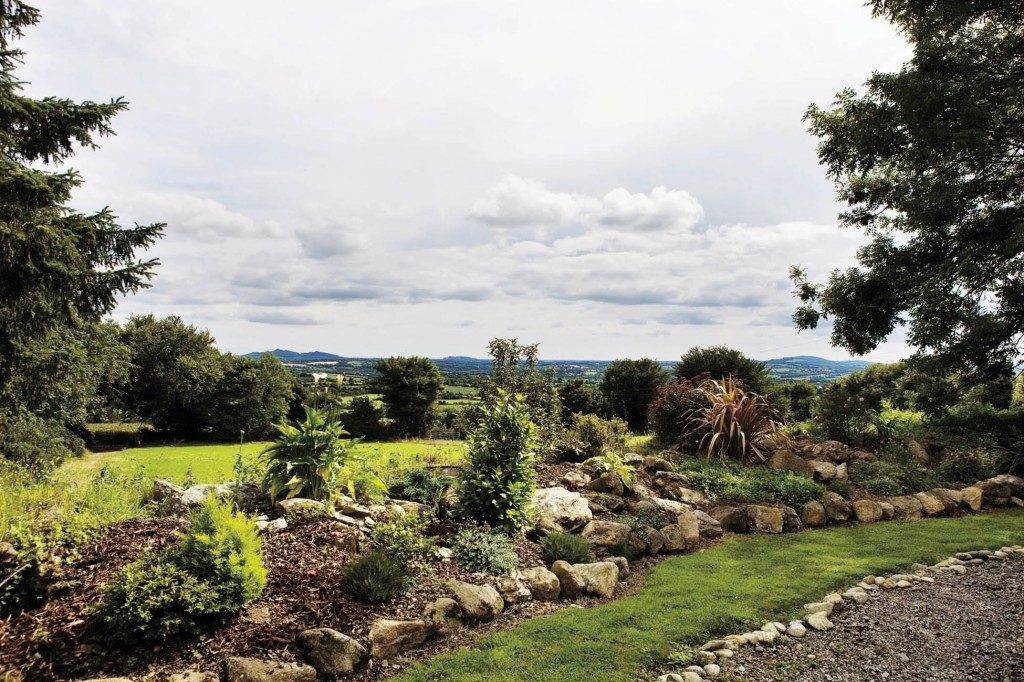You will need to do some digging, perhaps literally, to find out what the best wastewater option is for your site – even before you buy the land as you may encounter difficulties if you are unable to connect to the main sewer.
In ROI where the planning process is integrated with waste management, you will not gain approval without this aspect of your build fully investigated. The situation in NI is different because waste treatment is controlled by the NIEA (Northern Ireland Environmental Agency) Water Management Unit thus it is possible to construct a house without having the required waste facilities agreed. A nasty shock could therefore be in store if you had built on the assumption that you would be using a septic tank, and then discover that this is not acceptable. It is therefore common practice to apply to the Water Unit before going through the planning application process.Connection to the main sewer is the cheapest option; all of the alternatives are going to impact on your budget. A talk with your neighbours to find out if they are connected is a good start. Also establish, prior to purchase, whose property the mains sewer is on. If it is a neighbour then you will require their permission to dig up their land.
Connecting to the mains
Although it may seem very ‘green’ to deal with all your own waste on site, the conclusion of many separate investigations is that mains connection is often the best way to go. There is no risk of contamination of the ground or nearby watercourses, space is not required, nor is energy and, overall, there is little environmental impact.Connecting to the mains is also the easiest option as all of your household effluent is discharged to the main wastewater treatment works/disposal in your area. That is, once connected there is very little maintenance. In both NI and ROI it is often not an option to use an alternative if there is a mains serving your area.To find out the position and depth of the mains sewer, contact Northern Ireland Water or in ROI, your Local Water Authority. They will guide you on whether or not a connection can be made and how to go about it. Even if it seems a simple process, it is imperative that no work is carried out until you have written permissions and paid the necessary charges. If you are digging up a public highway or public road you will need additional documentation and permission from the council to do so; a fee will be involved (which can quickly run upwards of a thousand euro/pounds) and conditions will be attached. They, together with the Water Service and a representative from the Local Authority make inspections before and during the work. They may specify that an approved professional ground worker carry out the job, so make sure that you get a separate quotation for this.There are two types of mains systems. The older drainage system combines both rainwater and wastewater and discharges both of these to a waste treatment works. The norm nowadays is to have a two-pipe system whereby the rainwater is directed to a surface water sewer, (storm drain), which then discharges to a nearby watercourse, e.g. a stream or drainage ditch, while the wastewater discharges via a foul sewer to the waste treatment works. It is an offence to discharge foul waste to a storm drain or surface water to a foul sewer.Ideally, you want your plot to be at a higher level than the main sewer so that the drains slope adequately. Pipes should be laid between 600mm and 1200mm in depth at a degree of 1:80, with no sharp bends. Where there are junctions, an inspection chamber should be installed to allow two or more drains to run into one.Pipes can be either plastic or clay. As plastic pipes are lighter they need to be supported by more aggregate beneath and around them, and to a depth of 100mm above the top of the pipe. Without this, the pipes may move out of alignment, causing problems with the flow. Clay pipes use an aggregate bedding of 100mm in total, spread around the whole pipe. Although still heavier than plastic, clay piping has recently undergone major improvements resulting in sections that are much lighter and twice as strong. Some ranges also come with a lifetime guarantee.Don’t despair if you find that your plot is on a lower ground level to the main sewer, or too far away to make a simple fall pipe connection. Domestic pumped systems are available which elevate wastewater from one set of drains to another at a higher level, or to the sewer directly. A pumped system consists of a small holding tank with electrically powered pumps and macerators which break down raw sewage and pump it, via a flexible pipe, for a distance of up to half a mile. It could be a less expensive option if the closest sewer is on a public highway, but there is another one slightly further away which might save the expense of digging up the road.The Water Service or Local water authority will inform you of their connection and inspection charges. You will be responsible for providing and laying the drains, including excavation and the reinstatement of trenches.

